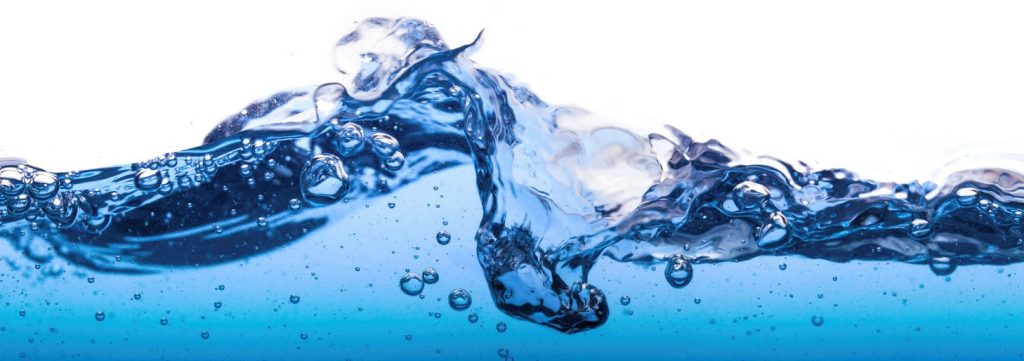How do you measure the pH of deionised water?
15 February 2019
15 February 2019
Measuring the pH of deionised water is about the most difficult application to handle. Most results are incorrect and very few ever endpoint. The issue is there is no conductivity and therefore the two half cells (pH and reference) cannot effectively communicate. One potential is basically subtracted from the other. If any one or both are unstable, so is the result.
The TRUEscience low ionic strength pH electrode, part number 1222328, has been specially designed for low ionic strength solutions. They are made with the following features:

A little trick you can do to accelerate the endpoint is to add a drop of 4M KCl to the sample. It doesn’t affect the pH but it will speed up the endpoint. This is essentially what reference electrodes do anyway, they leak 4M KCl slowly into the sample. The longer you leave electrodes in DI water the worse it gets. You will often get a downwards drift and you can never really see the endpoint.
For more information about our range of electrodes or further application support give us a ring on +44 1954 233 144 or send us an email